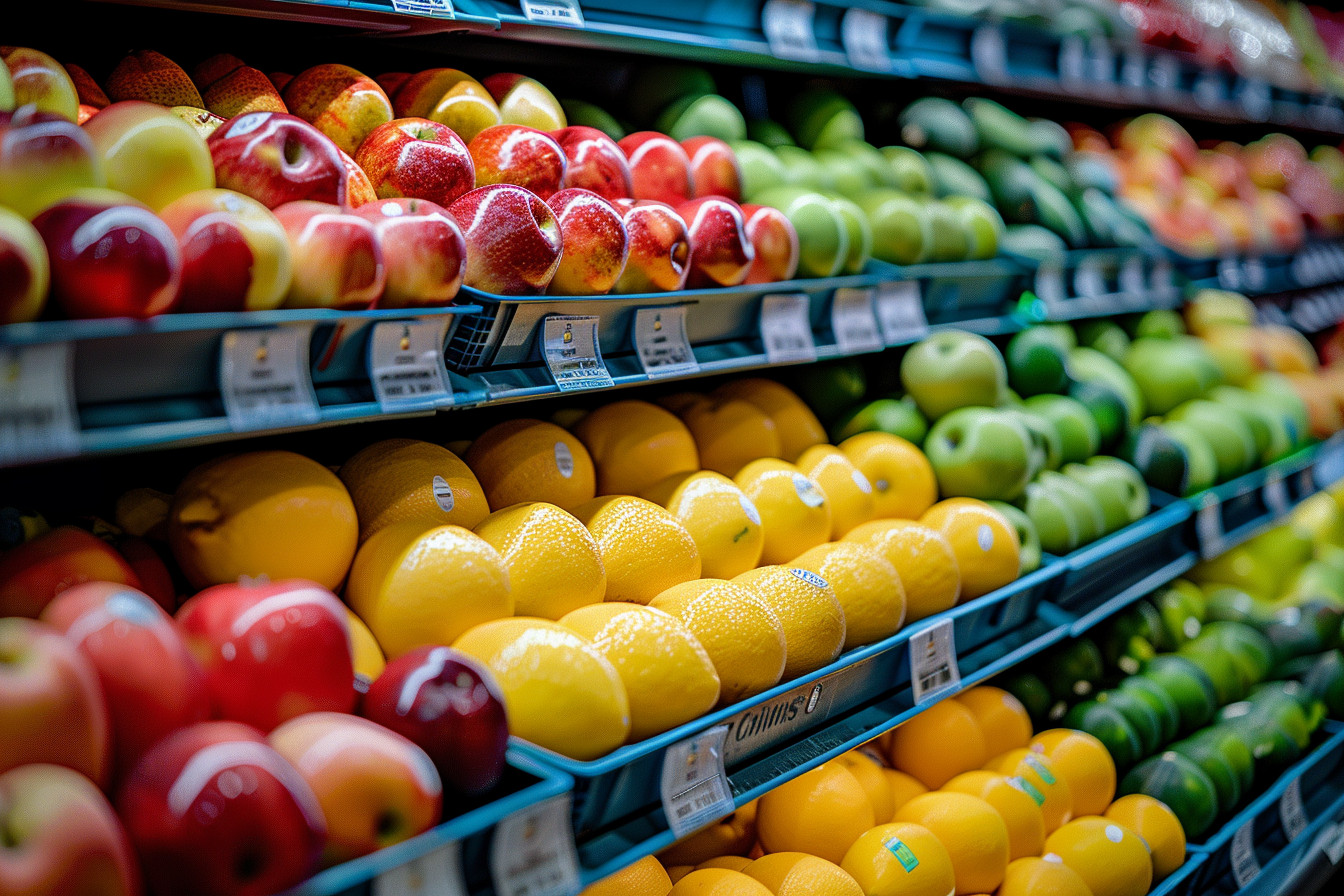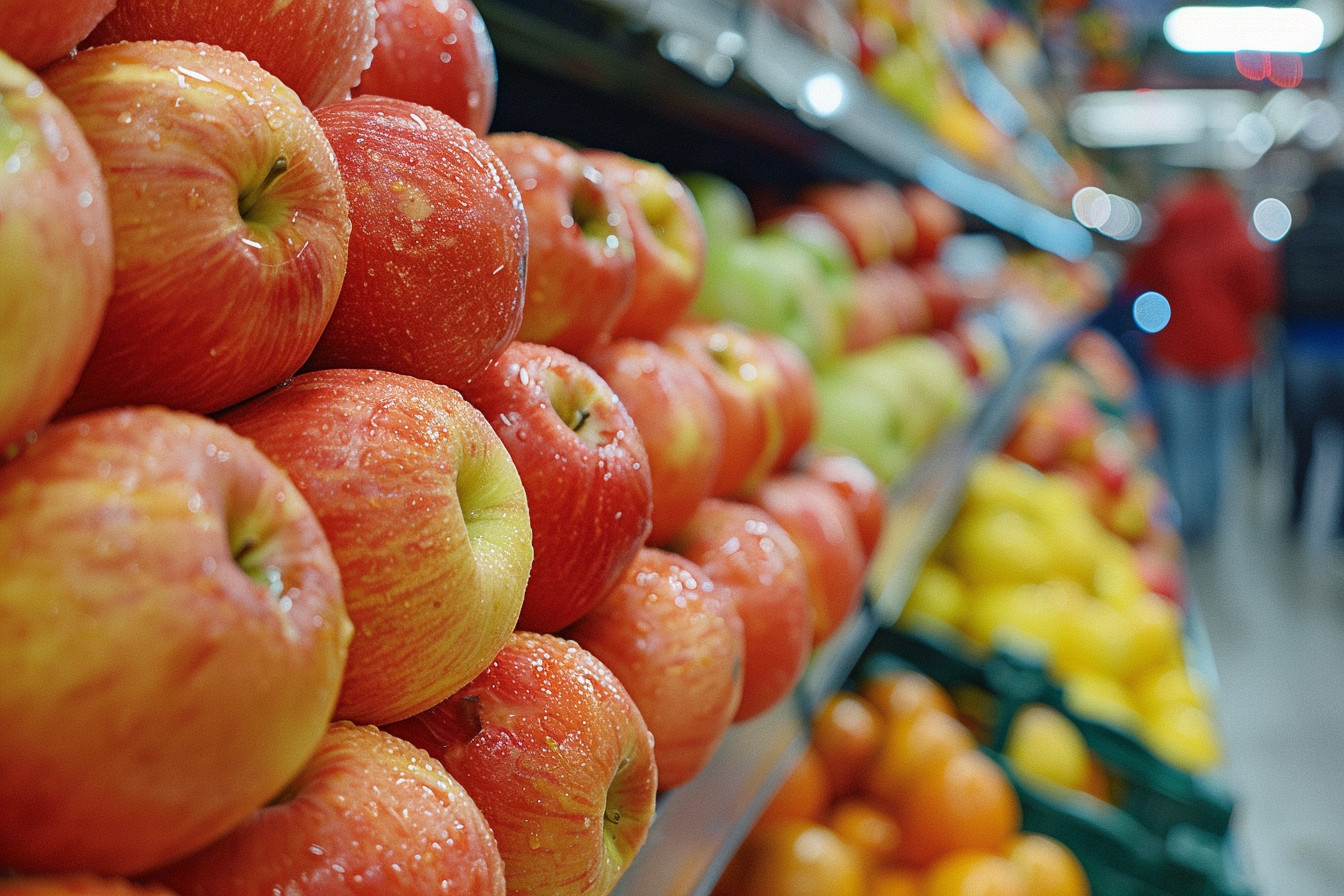Last Saturday morning, I found myself queuing behind three other people at the little bakery on my street corner, all of us waiting patiently for fresh sourdough that wouldn’t be ready for another twenty minutes. Six months ago, I’d have driven to the supermarket and grabbed a factory-made loaf without thinking twice. But somewhere along the way, I’d become one of those people who plans their weekend around bakery schedules and knows their local shopkeepers by name. This transformation didn’t happen overnight—it was gradual shift that began with curiosity about buying local and evolved into genuine understanding of why supporting local businesses matters for communities, environments, and personal wellbeing.
The journey started when I was researching an article about food miles and realized I had absolutely no idea where most of my purchases came from. My weekly shop involved products that had traveled thousands of miles, passed through countless intermediaries, and contributed to a global supply chain I couldn’t begin to understand. The disconnect felt increasingly uncomfortable as I wrote about environmental responsibility while participating in consumption patterns that contradicted everything I claimed to value.
The first experiment was simple—trying to source one day’s meals entirely from local producers. This proved more challenging than expected in a world designed around global commerce, but it was also surprisingly rewarding. The vegetables from the farmers market tasted different—better, more vibrant, with flavors that reminded me why I’d enjoyed cooking before it became routine meal preparation. The local cheese shop owner explained aging processes and flavor profiles with genuine passion, turning a simple purchase into an educational experience about traditional food production methods.
Understanding the benefits of buying local required examining the entire ecosystem of local commerce rather than just individual transactions. When money gets spent at locally-owned businesses, it circulates through the community multiple times rather than disappearing into distant corporate coffers. The bakery owner sources flour from a mill thirty miles away, employs local teenagers as weekend staff, and buys coffee from a roastery two towns over. Each purchase creates ripple effects that strengthen the entire local economy rather than just benefiting one business.
The environmental advantages became apparent as I learned more about transportation emissions and packaging waste. Buying local products dramatically reduces the carbon footprint associated with shipping goods across continents. The apples from the orchard fifteen minutes away require minimal packaging and no refrigerated transport, while supermarket apples might have traveled thousands of miles in climate-controlled containers before reaching identical-looking display shelves. Local production systems tend to be smaller scale and more responsive to seasonal availability, which naturally aligns with sustainable consumption patterns.
Personal relationships developed naturally through regular local shopping that never occurred during anonymous supermarket experiences. The butcher started setting aside the cuts I preferred, the greengrocer would suggest recipes for unusual vegetables, and the bookshop owner recommended titles based on my previous purchases. These interactions created genuine connections that made shopping feel social rather than transactional. I began looking forward to weekly errands instead of treating them as necessary chores to complete efficiently.
Supporting local businesses became particularly meaningful during economic uncertainty when I witnessed how quickly local establishments could struggle while corporate chains continued operating with distant support systems. The importance of buying local became personal when favorite businesses faced closure, threatening to leave empty shopfronts and reduce community character. Contributing to local business survival felt like protecting something valuable that couldn’t be easily replaced once lost.
The quality differences were immediately noticeable across most product categories. Local producers typically operate at smaller scales with more attention to individual items rather than mass production efficiency. Bread from the neighborhood bakery stays fresh longer and has complex flavors that factory bread never achieves. Meat from local farms tastes better and comes with information about animal welfare and feeding practices. Even basic items like eggs and milk have distinctly superior flavor when sourced from nearby producers rather than industrial operations.
Seasonal eating patterns emerged naturally when shopping local became routine. Local producers offer what’s actually growing or available rather than maintaining artificial year-round availability through global sourcing. This forced adaptation to seasonal rhythms that initially seemed restrictive but gradually became enjoyable. Anticipating strawberry season or the first asparagus of spring created excitement about food that had been missing from standardized supermarket shopping. Learning to preserve abundance during peak seasons connected modern consumption to traditional food wisdom.
The community connections extended beyond individual shopping experiences to participation in local events and markets. Farmers markets became weekly social occasions where I’d encounter neighbors, learn about local producers, and discover new products from regional makers. These gatherings created opportunities for conversations about sustainable living practices, cooking techniques, and community issues that never arose during solitary supermarket trips.
Local knowledge accumulated through repeated interactions with knowledgeable business owners who genuinely understood their products. The garden center owner could recommend plants suited to local soil conditions and climate patterns. The hardware shop proprietor knew which tools would handle regional weather conditions and could suggest proper maintenance techniques. This expertise provided value far beyond just product availability—it was education that improved results and reduced waste from inappropriate choices.
Why buying local is important became clear through observing community resilience during various challenges. Local supply chains proved more adaptable and responsive than global systems when disruptions occurred. Local businesses could adjust operations quickly, modify product offerings based on immediate needs, and maintain personal relationships with customers during uncertain times. The importance of supporting local businesses extended beyond economic theory to practical community survival.
The financial considerations initially seemed challenging since local products often cost more than mass-produced alternatives. However, calculating value rather than just price revealed different economics. Higher quality meant items lasted longer, needed replacement less frequently, and provided better performance. Local food stayed fresh longer, reducing waste from spoilage. Local services often included expertise and follow-up support that prevented costly mistakes or additional purchases.
Buying from local businesses created opportunities to learn about production methods, sourcing decisions, and business practices in ways that mass retail never provided. Visiting the local brewery meant seeing brewing equipment, understanding ingredient sourcing, and talking with makers about their craft. This transparency built trust and appreciation for the complexity involved in creating quality products rather than treating purchases as anonymous commodity transactions.
The time investment required for local shopping initially felt inefficient compared to one-stop supermarket convenience. However, the quality of time spent shopping locally proved more satisfying than rushing through massive retail environments. Conversations with shopkeepers, discovering new products, and learning about local makers turned necessary errands into enjoyable community experiences. The slower pace allowed appreciation for craftsmanship and regional specialties that hurried shopping never revealed.
Environmental consciousness expanded beyond just transportation emissions to encompass packaging waste, production methods, and resource usage. Local producers typically use less packaging since products don’t require protection during long-distance shipping. Smaller operations often employ more sustainable practices because environmental stewardship connects directly to community wellbeing rather than distant shareholder profits. Supporting local businesses that prioritize environmental responsibility creates market demand for sustainable practices.
The ripple effects of buying local extended to inspiring friends and family to examine their own consumption patterns. Sharing discoveries about local producers, bringing locally-made gifts, and hosting meals featuring regional ingredients created conversations about community commerce and sustainable consumption. What started as personal curiosity about local shopping gradually influenced broader social circles toward supporting local businesses.
Cultural preservation became apparent as an important benefit of supporting local businesses. Traditional crafts, regional food specialties, and locally-adapted products represent cultural knowledge that disappears when replaced by standardized global alternatives. The local potter using clay from nearby deposits, the baker maintaining sourdough cultures passed down through generations, and the textile maker using traditional techniques preserve skills and knowledge that can’t be recovered once lost.
Innovation thrived in local business environments where makers could experiment with new ideas, respond quickly to customer feedback, and adapt products to local preferences. The local coffee roaster could trial new blending approaches, the craft brewery could experiment with seasonal ingredients, and the clothing maker could adjust designs based on regional climate needs. This responsiveness and creativity provided access to unique products unavailable through mass retail channels.
Looking back on eighteen months of systematically choosing local options whenever possible, the transformation has been profound. My relationship with consumption has become more intentional and satisfying. Shopping feels like community participation rather than necessary drudgery. The quality of daily life improved through better products, meaningful relationships, and connection to place that anonymous consumption never provided.
Current local shopping routine represents careful discovery of businesses worth supporting combined with practical consideration of convenience and value. The weekly rhythm includes farmers market visits, stops at specialty shops for specific items, and ongoing relationships with businesses that consistently provide quality and service. This approach balances idealistic support for local commerce with realistic accommodation of modern life constraints.
The future of local commerce depends partly on conscious consumer choices that demonstrate market demand for community-based alternatives to global chains. Each decision to buy local contributes to economic viability of businesses that provide employment, maintain community character, and offer alternatives to standardized consumption. The importance of supporting local products extends beyond individual benefits to creating resilient communities that can adapt and thrive regardless of global economic uncertainties.
My journey into local commerce proves that why we should buy local products isn’t just about environmental or economic theory—it’s about creating daily experiences that connect us to place, people, and practices that make life richer and more meaningful. The benefits of buying local include better products, stronger communities, reduced environmental impact, and personal satisfaction that makes the effort worthwhile even when it requires more planning and sometimes higher costs.
What started as research into food miles has become genuine appreciation for the complex web of relationships that local commerce creates and maintains. Each local purchase represents investment in community resilience, environmental stewardship, and economic systems that prioritize human welfare over pure efficiency. The reasons to buy local multiply once you experience the difference between anonymous consumption and community commerce that connects you to the places and people who make life possible.







